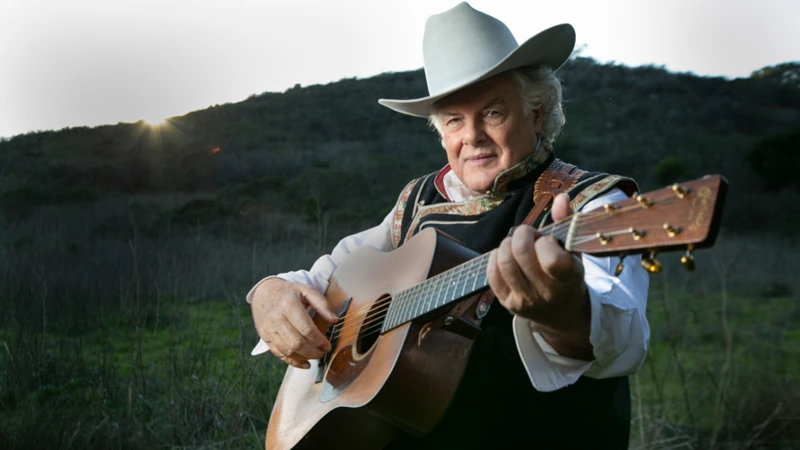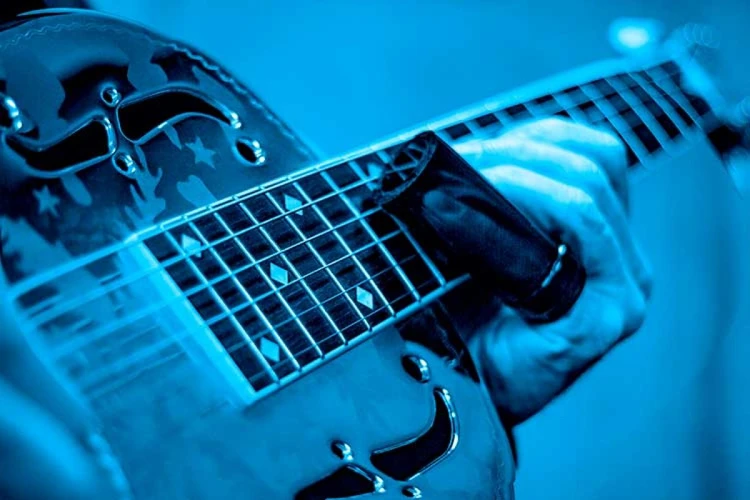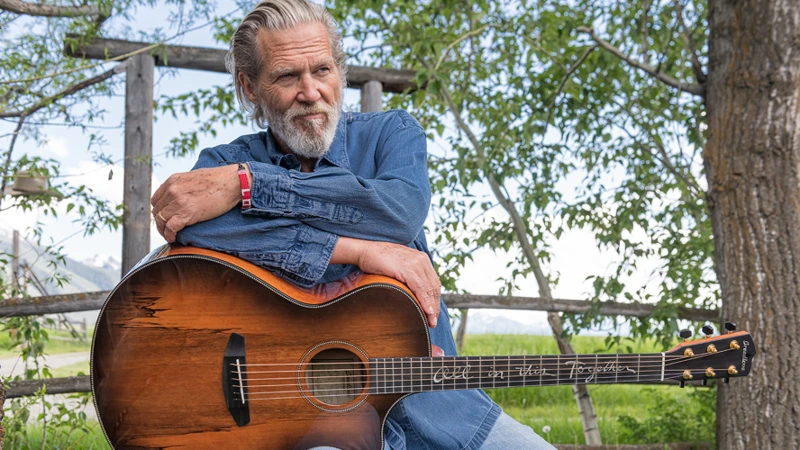Country music has a rich history filled with iconic guitar players who have left their mark on the genre with their unique playing styles and signature sounds. From twangy Telecaster tones to smooth, melodic licks, country band guitarists have a way of making their instruments sing in a way that is instantly recognizable to fans. In this article, we’ll explore some of the most famous country band guitar signatures and how they have shaped the sound of country music over the years.
Brad Paisley’s Telecaster Twang
When it comes to modern country guitarists, Brad Paisley is a name that stands out for his distinctive Telecaster twang. Paisley’s playing is a perfect blend of traditional country licks and modern flair, with a focus on clean, articulate picking and a touch of chicken pickin’. His signature sound can be heard on hits like “Whiskey Lullaby” and “Ticks,” where his precise playing and emotive phrasing shine through.
Technique Breakdown:
Paisley’s playing is characterized by his impeccable fingerpicking skills, hybrid picking technique, and creative use of bends and slides. He often incorporates double stops and open-string licks into his solos, giving his playing a classic country feel with a contemporary twist.
Keith Urban’s Fluid Melodies
Keith Urban is another country guitarist known for his smooth, melodic playing style and soulful tone. Urban’s signature sound combines elements of country, rock, and pop, creating a versatile and dynamic approach to guitar playing. His ability to blend intricate fingerpicking patterns with soaring solos has made him a standout in the world of country music.
Tone Tips:
Urban’s tone is a key part of his signature sound, with a focus on lush reverb, warm overdrive, and a touch of chorus for added depth. He often switches between clean, chiming tones for his fingerstyle passages and searing lead tones for his solos, creating a dynamic range of sounds that complement his expressive playing.
Johnny Cash’s Boom-Chicka-Boom
No discussion of country guitar signatures would be complete without mentioning Johnny Cash’s iconic “boom-chicka-boom” rhythm style. Cash’s guitarist Luther Perkins pioneered this rhythmic approach, which features a steady bass note followed by a chord strum, creating a driving pulse that underpins Cash’s classic hits like “Folsom Prison Blues” and “Ring of Fire.”
Rhythm Secrets:
To capture Cash’s signature sound, focus on keeping a steady alternating bass pattern with your thumb while strumming the chords with your fingers. Use a clean, twangy tone and emphasize the downbeats to create that classic boom-chicka-boom feel that defined Cash’s sound.
Sheryl Crow’s Slide Guitar Groove
Sheryl Crow may not be a traditional country artist, but her slide guitar playing has left a lasting impact on the genre. Crow’s soulful slide work can be heard on songs like “Strong Enough” and “The First Cut Is the Deepest,” where her emotive playing adds a bluesy edge to her pop-infused country sound.
Slide Tips:
To emulate Crow’s slide guitar style, experiment with different slide materials and techniques to find the tone that suits your playing. Focus on precise intonation and smooth, controlled slides to capture the expressive quality of Crow’s playing, and don’t be afraid to experiment with open tunings to expand your sonic palette.
Interested in learning more about country band guitar signatures? Check out our articles on country guitar collaborations, acoustic guitarists in successful country bands, time signatures in country music, evolution of acoustic guitarists in country bands, and rhythm guitar tips for country music for a deeper dive into the world of country music and guitar playing!
Conclusion
Country band guitar signatures are as diverse and unique as the players who create them, from Brad Paisley’s twangy Telecaster tones to Keith Urban’s fluid melodies and Johnny Cash’s rhythmic groove. By studying the playing styles and techniques of these iconic guitarists, aspiring musicians can learn to develop their own signature sound and make their mark on the rich tapestry of country music history. Whether you’re a fan of traditional country pickin’ or modern slide guitar grooves, there’s a world of inspiration waiting to be explored in the world of country band guitar signatures.





